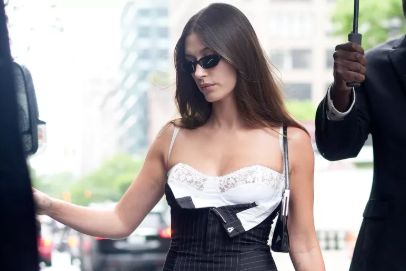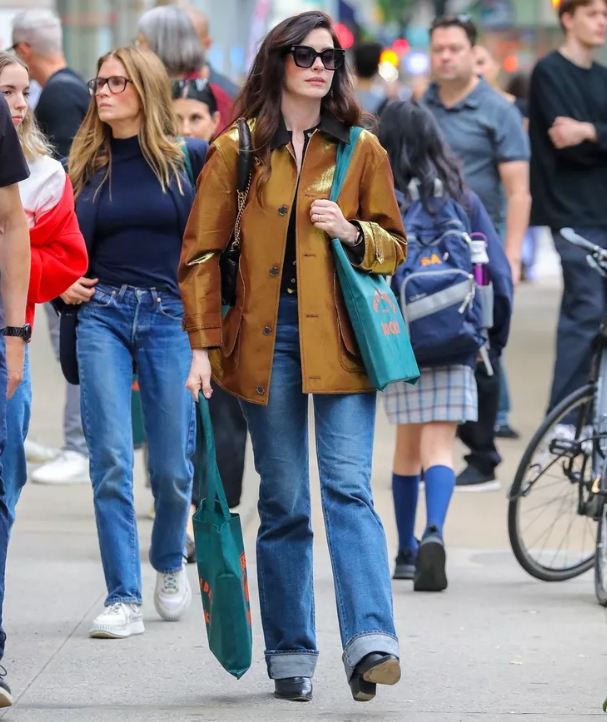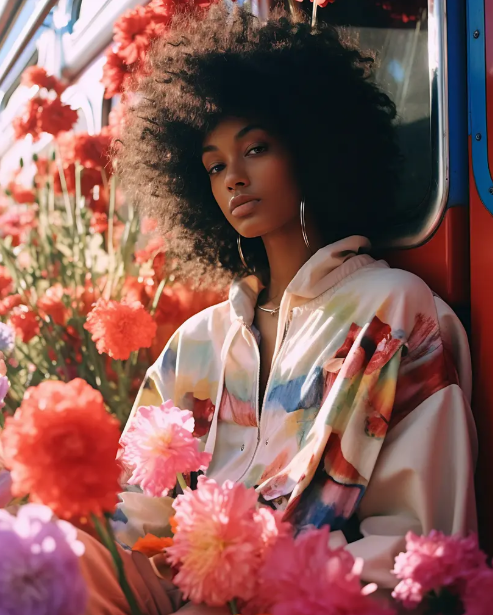Street style has always been more than just fashion—it’s a form of expression, rebellion, identity, and creativity born outside the confines of designer runways and glossy magazines. What began as the voice of subcultures has evolved into a global phenomenon, influencing major fashion houses and redefining the way we dress every day.
For women especially, street style has offered a space to push boundaries, mix masculine and feminine silhouettes, and wear clothing that speaks to their individuality rather than to expectations. And its journey from the margins to the mainstream is a story worth celebrating.

From the Streets Up
In the 1970s and 80s, street style emerged from the cultural undercurrents of cities like New York, London, and Tokyo. Punk, hip-hop, skate, and grunge scenes became hotbeds of raw style and attitude. These weren’t curated looks—they were reflections of lived realities, political resistance, and community pride.
Women in these spaces made bold statements with leather jackets, oversized silhouettes, sneakers, ripped denim, and DIY flair. Their style was unfiltered and unapologetic, far from the polished femininity seen in traditional fashion media.
The Rise of Street Style Photography
In the early 2000s, street style got a major spotlight when photographers like The Sartorialist and Tommy Ton began documenting real people on city sidewalks during fashion weeks. Suddenly, what was happening outside the shows became just as important as what was on the runway.
Women from all walks of life were being seen—and celebrated—for their originality, layering techniques, fearless prints, and mix of high and low fashion. Street style wasn’t about following trends. It was about setting them.mes to stylish organization. Use them in closets, pantries, and under sinks to group similar items together.
Add labels so everyone in the household knows where things go—it’s a small touch that makes a big difference in maintaining order.

When High Fashion Took Notice
As street style exploded, major fashion houses began to take notes. Luxury brands started borrowing from the street—pairing sneakers with couture, showcasing hoodies and bomber jackets, and collaborating with streetwear labels.
The rise of women-led streetwear brands and female creatives further reshaped the narrative, proving that comfort, edge, and femininity can coexist. Street style became a symbol of empowerment, not just coolness.
Now, what we once called “street” is fully woven into the fabric of mainstream fashion. Cargo pants are on runways. Graphic tees are styled with tailored blazers. And sneakers are as essential as heels.
Street Style Today: A Mirror of the Moment
Street style today continues to evolve, shaped by social media, sustainability, and cultural shifts. It reflects who we are and what we care about—gender expression, climate consciousness, body positivity, and the power of personal storytelling through clothes.
And at its heart, it remains democratic. You don’t need a stylist or a designer label to have style. You just need confidence, creativity, and the courage to wear what feels true.

Final Thoughts
Street style’s journey from subculture to mainstream is a celebration of self-expression and resilience. For women, it has offered a wardrobe of freedom—freedom to challenge norms, tell stories, and show up as your full, stylish self.
Whether you’re wearing a thrifted jacket, bold sneakers, or a vintage tee, remember: fashion might start on the runways, but style starts with you.
Disclaimer: The information provided in this article is for educational and informational purposes only and is not intended as a substitute for professional medical advice, diagnosis, or treatment.

















